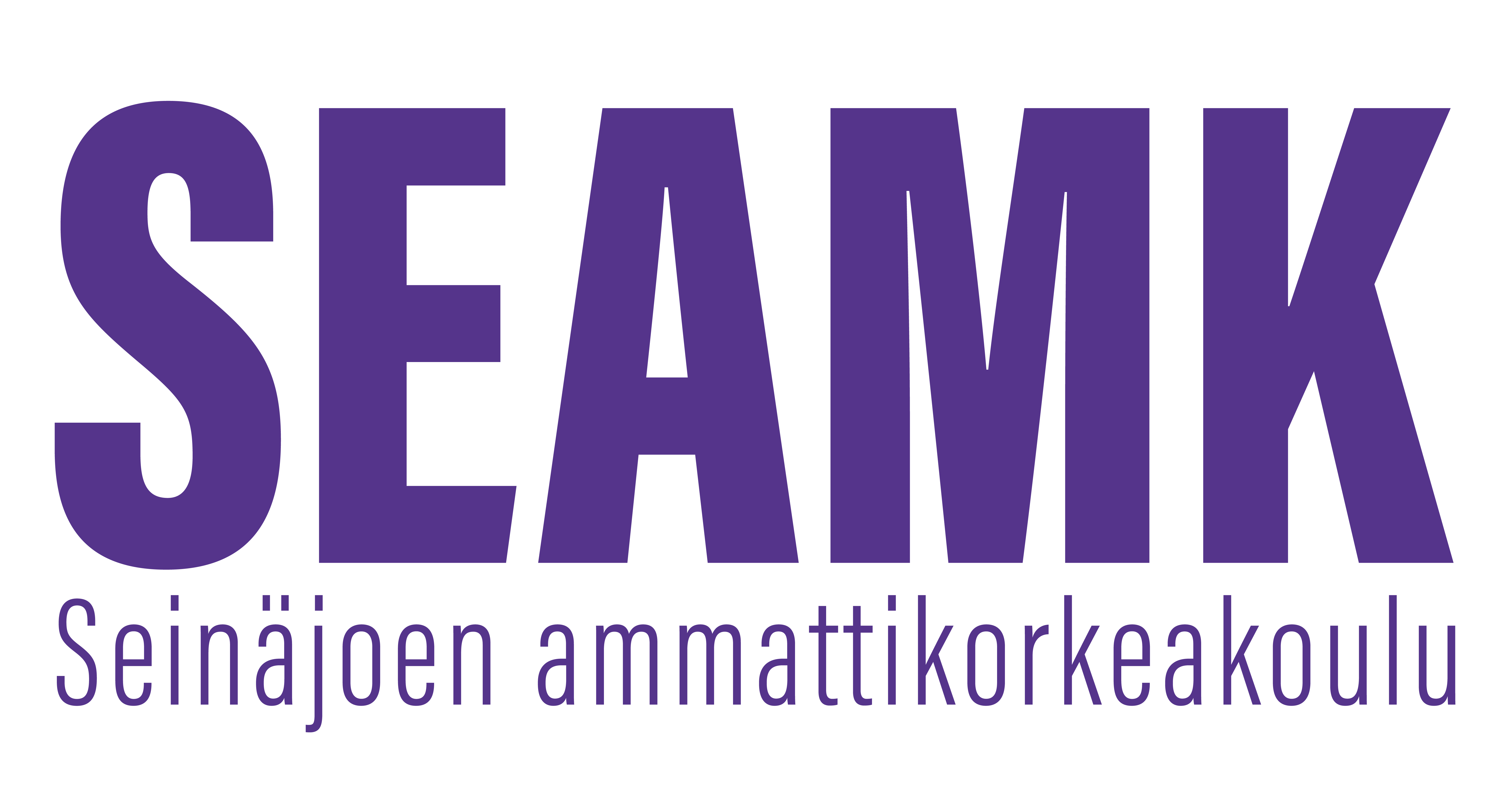From Field to Fork
- Laajuus
- 30 op
From Field to Fork
Opetussuunitelman tunnus
(IEPFF25F)
Ajoitus ja rakenne:
From Field to Fork
Opetussuunitelman tunnus
(IEPFF24F)
Ajoitus ja rakenne:
From Field to Fork
Opetussuunitelman tunnus
(IEPFF23F)
Ajoitus ja rakenne:
From Field to Fork
Opetussuunitelman tunnus
(IEPFF22F)
Ajoitus ja rakenne:
